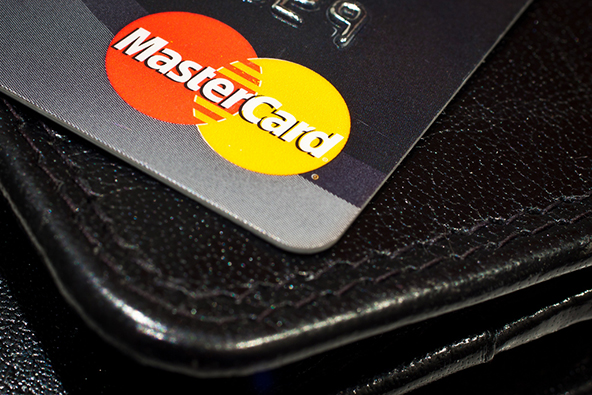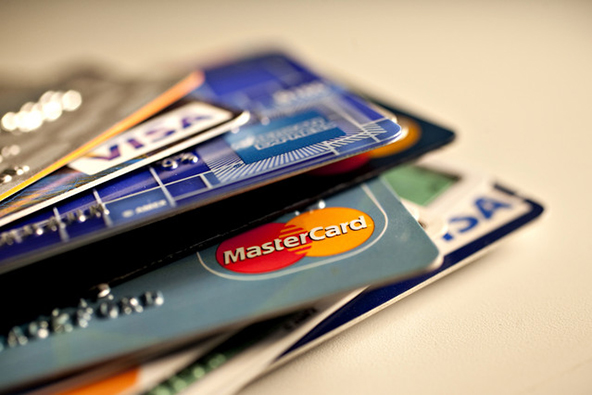13 Signs of a Valid Visa Card
How to Recognize Suspicious Behavior
In addition to following all standard card acceptance procedures outlined above, you should be looking out for any customer behavior that appears suspicious or out of the ordinary.
The signs are different in card-present and in card-not-present settings, so we will examine them separately.
1. Suspicious behavior at the point of sale:
- Buying high-value or large amounts of merchandise with no concern about size, style, color, or price.
- Asking no questions or refusing free delivery on large items (for example, heavy appliances or TVs) or high value purchases.
- Trying to distract or rush the sales associates at the checkout.
- Making a purchase, leaving the store and then returning to make more purchases.
- Making purchases either right after the store opens or just before it closes.
If you determine that a transaction does look suspicious, you can ask the cardholder for an official ID.
However, you should remember that you cannot require a cardholder to provide supplemental information such as a government-issued ID, a driver’s license, etc. as a condition of accepting the card.
2. Suspicious behavior in a card-not-present setting:
- First-time customer — criminals are always looking for new merchants to steal from.
- Larger-than-normal orders — stolen cards or account numbers have a limited life span, so criminals tend to make larger purchases, so that they can spent as much as possible, before the theft is discovered.
- Orders that include different varieties of the same item — having multiples of the same item increases the criminal’s profits.
- Rush or overnight shipping — criminals want to get the things they buy as soon as possible for the quickest possible resale and so aren’t concerned about any extra delivery charges.
- Shipping outside of the merchant’s country — international orders are especially prone to fraud.
- Inconsistencies — look for things such as billing and shipping address mismatch, telephone area codes that do not correspond to the ZIP codes, email addresses that do not look legitimate and irregular time of the day at which the order was placed.
- Multiple transactions on one card over a very short period of time — this could be an attempt to run up the card’s balance until the account is closed.
- Shipping to one address, but the sales amount placed on multiple cards — these could be account numbers generated using special software or a batch of stolen cards.
- Multiple transactions on a single card or similar cards with a single billing address, but multiple shipping addresses — this could indicate organized criminal activity, rather than one individual at work.
- For e-commerce transactions, multiple orders, coming from a single IP (Internet Protocol) address — this could indicate a fraud scheme.
Of course, none of these types of behavior should automatically be interpreted as proof of fraud.
You would have to use common sense and caution when evaluating any customer behavior or situation that appears out of the ordinary, which may occur during a transaction.
You know what kind of behavior is normal at your store and that should be your baseline for evaluating any given situation.



Well in the example its 40 not 50
The sum is 50, not 40, even though it would make no difference.